|
The Great Outdoors, Fillmore Lifestyle
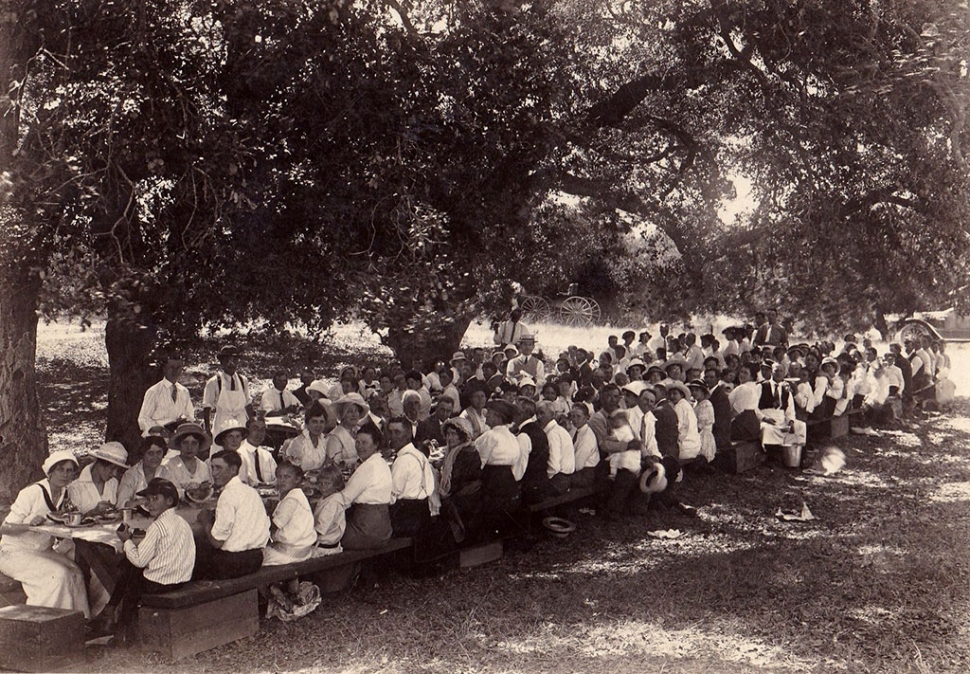 (above) A very early picnic at Kenny Grove Park. Fillmore’s first semiofficial park was Kenny Grove Park, named for Cyrus Kenny who homesteaded the property in 1870. Photos courtesy Fillmore Historical Museum. By Anonymous — Wednesday, February 24th, 2021
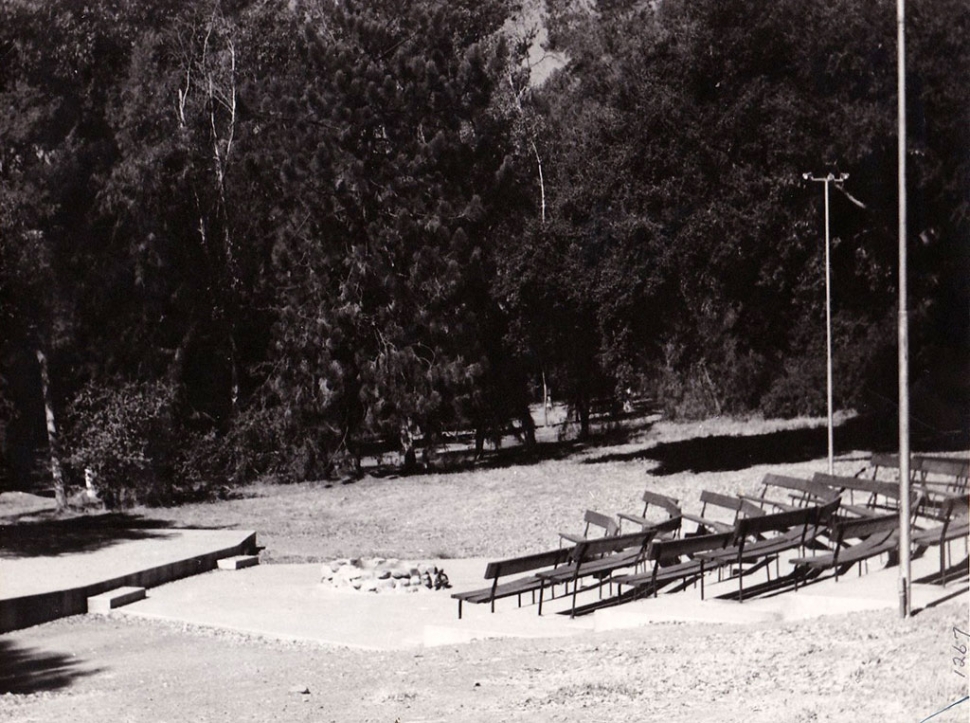 The amphitheater at Kenney Grove Park. 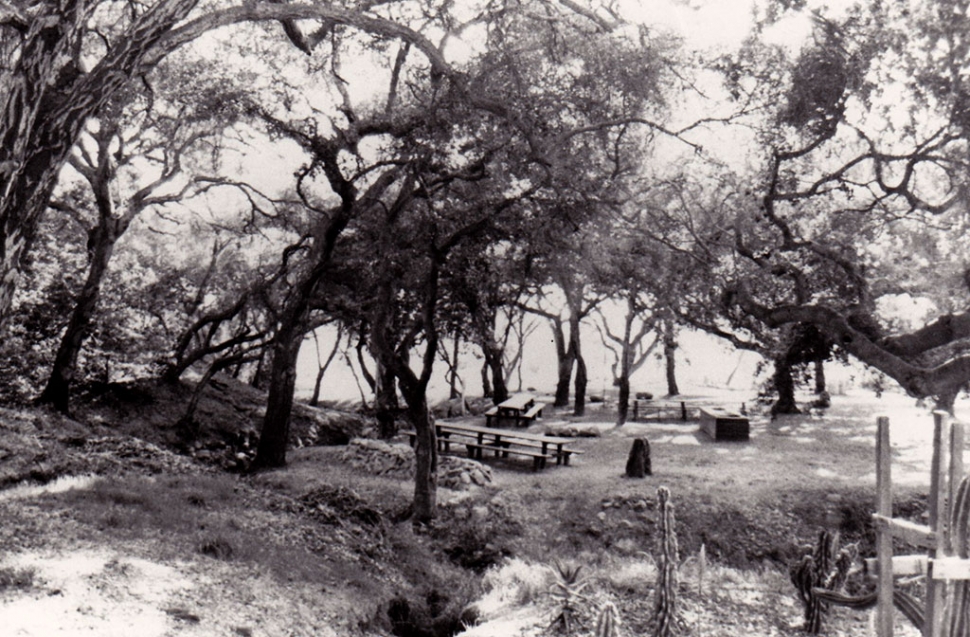 Picnic area at Kenney Grove Park. 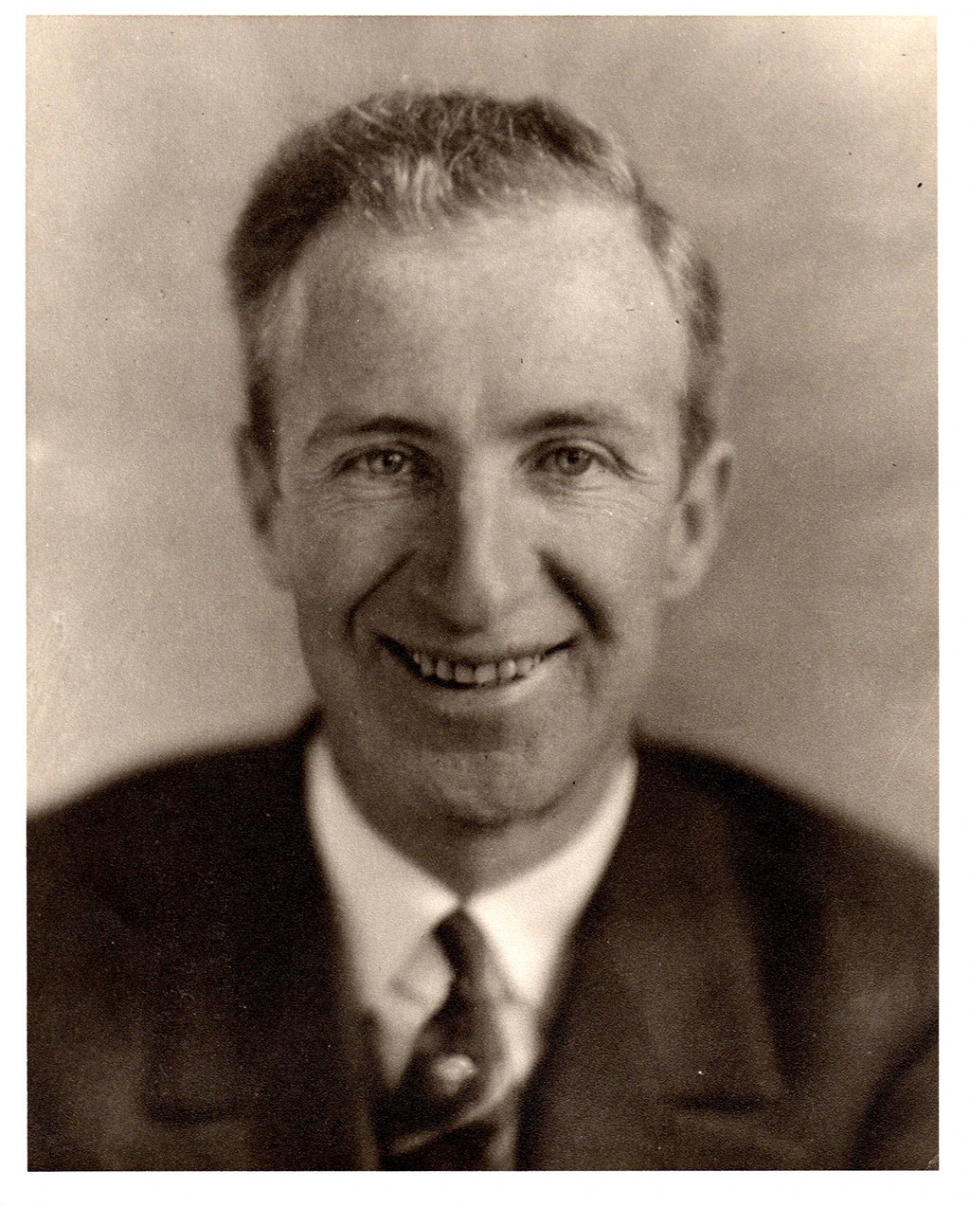 Fillmore's first City Attorney, John Galvin. 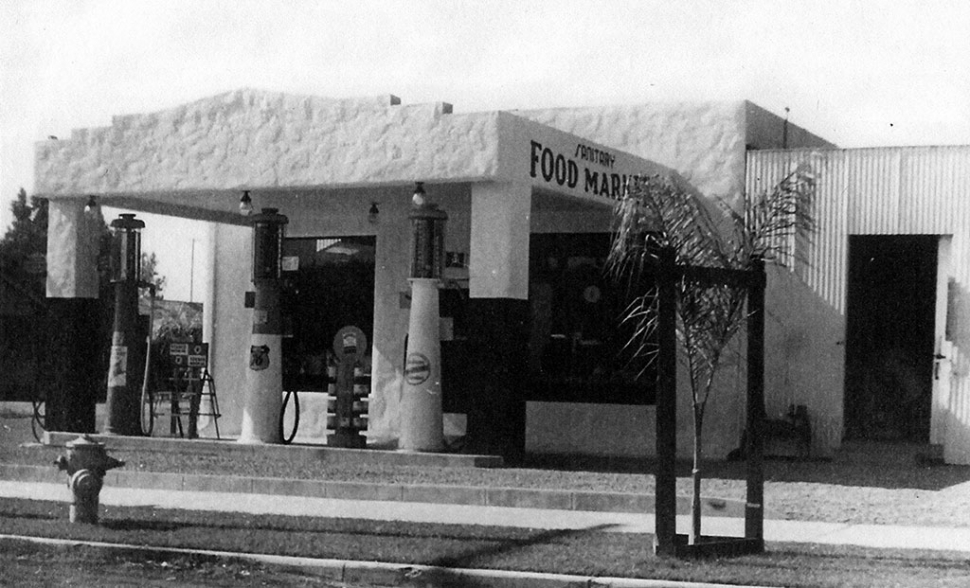 Sanitary Food Market, that later became Days Market. 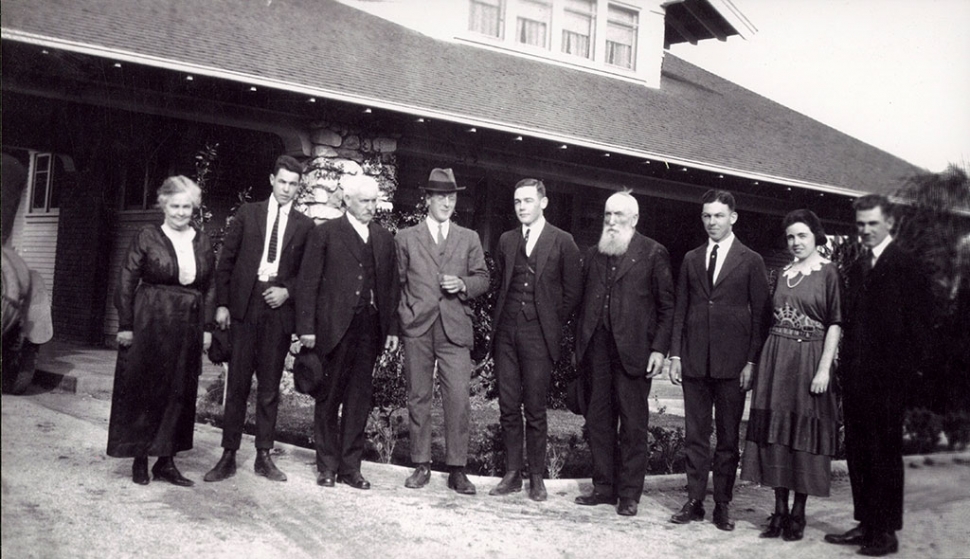 The Shiells family circa 1913. 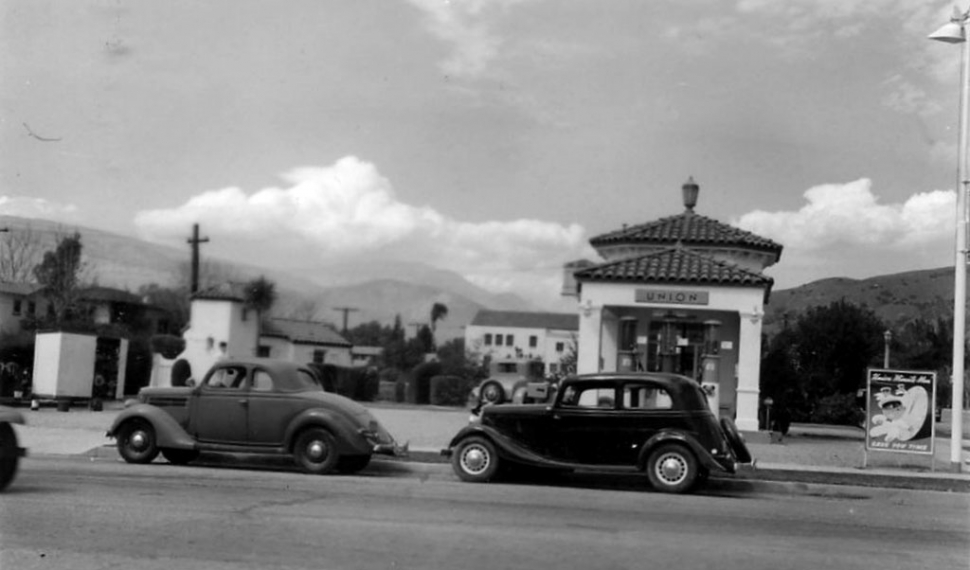 Oscar DeFevers Union Oil gas station. 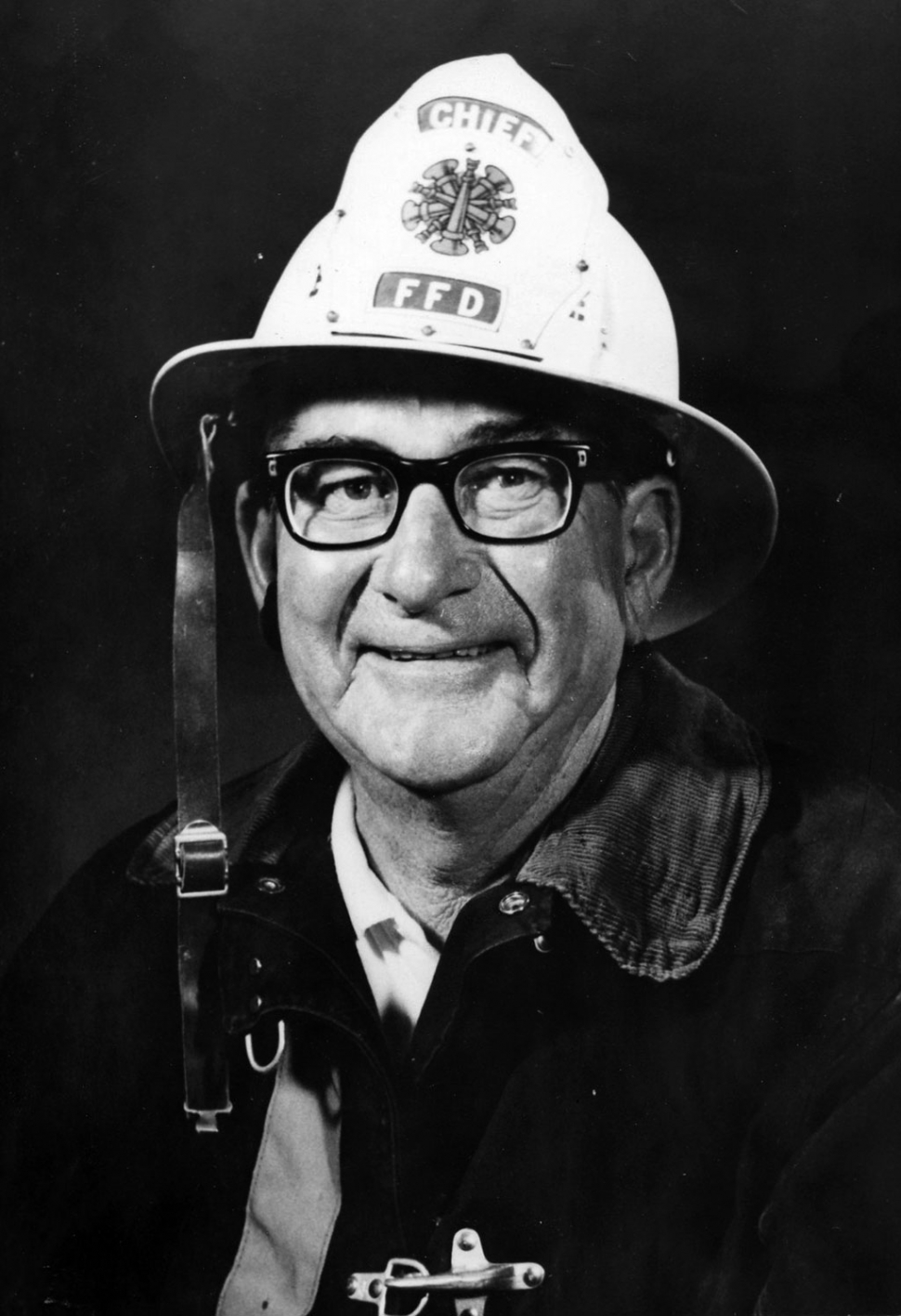 Fire Chief Oscar DeFever. 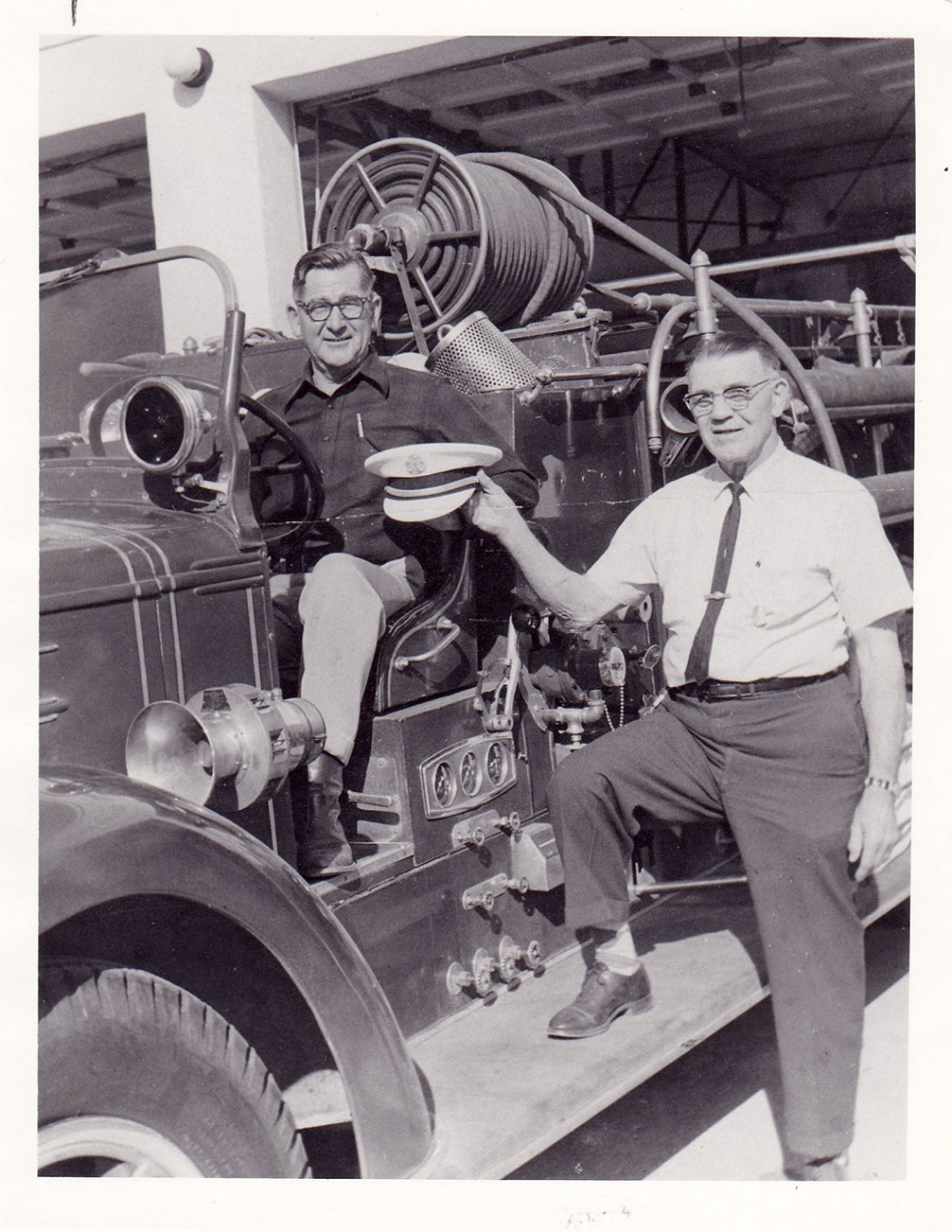 Fire Chief Oscar DeFever and Fire Chief George Palmer. 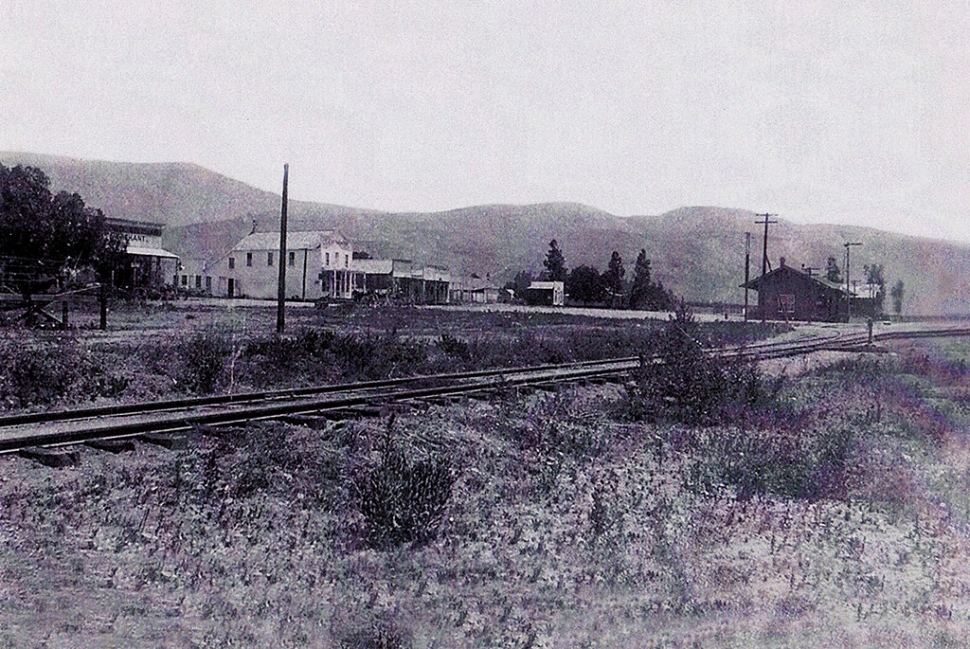 West of the depot before there was Fillmore City Park. 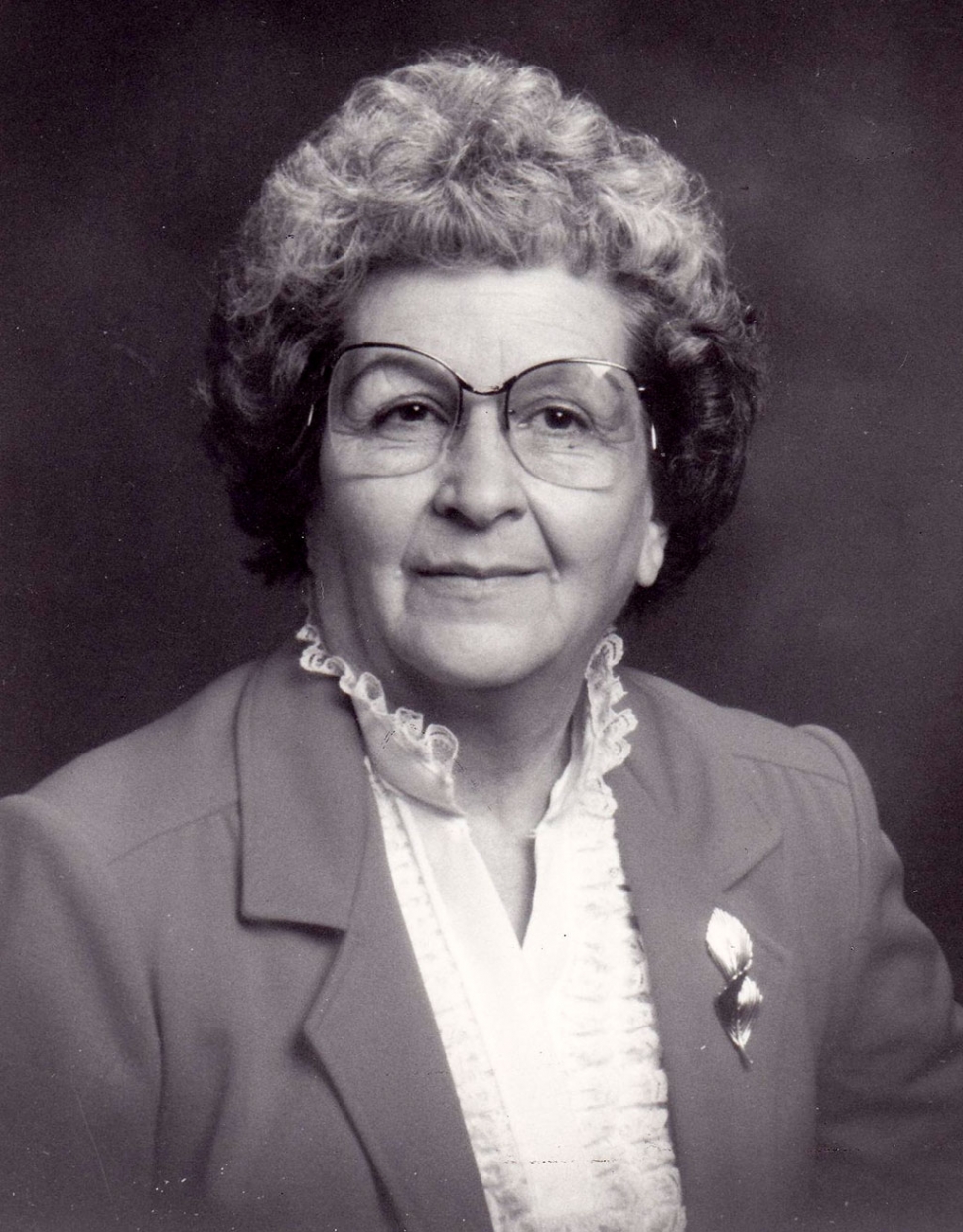 Delores Day. 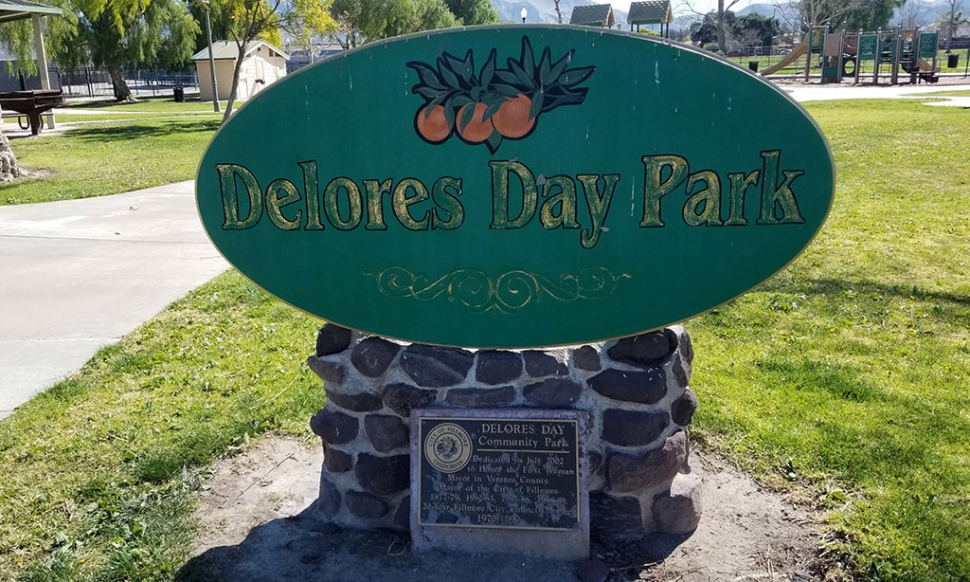 Delores Day Park. 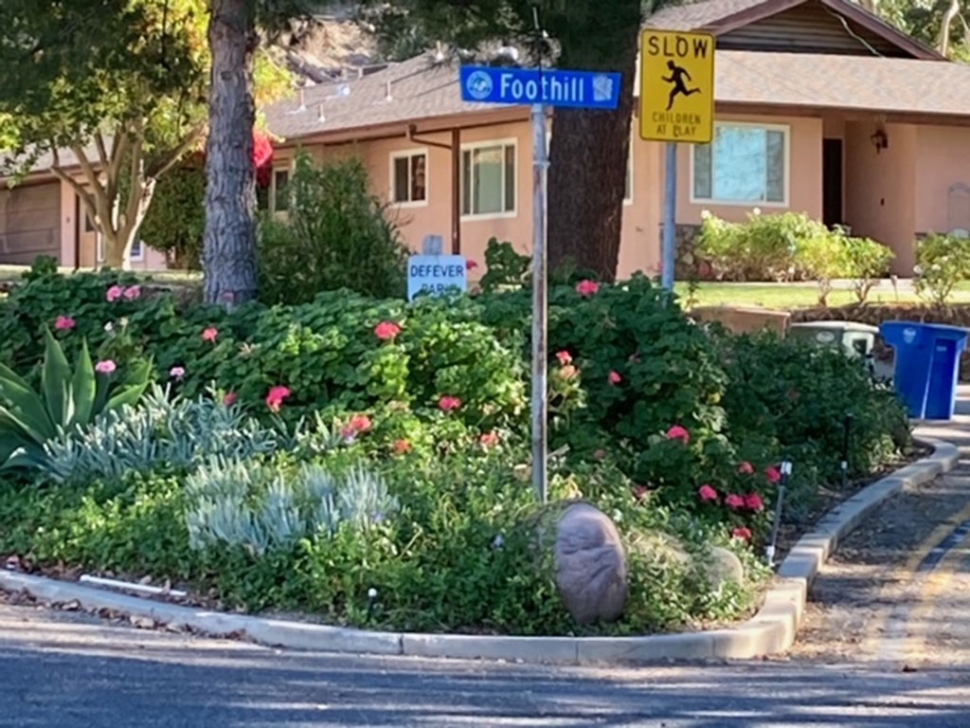 Foothill Road's pocket park. Courtesy Fillmore Historical Museum There were few parks in Fillmore the early years. It was a small town and was located in the middle of orchards and at the foot of Sespe Canyon. There were plenty of places to visit the outdoors and have a picnic or a swim. Most of the children here grew up hiking the surrounding hills and swimming in the pool at Swallows Nest up the Sespe. Even earlier there was swimming at Wiley Lake at the top of the mountains to the south and for brave souls, a dip into the water at a variety of irrigation reservoirs in the area. The first semiofficial park in the area was Kenney Grove Park. It was named for Cyrus Kenney who, in 1870, homesteaded property just east of a natural oak grove on the north side of the valley. Once the railroad came through in 1887 the oak grove became a meeting place for celebrations of all sorts. In 1898, over 2,000 people came by train to the park to celebrate the 4th of July. Locals came by buggy, the rest by train and hiked or were ferried by buggy to the park. The property was originally part of Rancho Sespe and was purchased by Sespe Land and Water Co. from Martha Storke after the murder of her father, T.W. More. In 1929, Joseph McNab, founder of Sespe Land and Water Co., gave the 15 acre park to Ventura County. In 1957, the Sespe Loyal Friends, a women’s group descended from the membership of the Sespe Methodist Episcopal Church, donated funds to build the Kenney Grove Amphitheater. It has always been a gathering place for church groups, scout troops, picnics and outings. Many of the older members of the community will remember the “father powered” merry go round and the tall swings. There was also a BBQ pit used to prepare dinners for various groups in town and for the famous Fillmore Festival Pit BBQ lunches. Central Park was Fillmore City’s first public park in town. It is located on Central Ave and Main St. But there wasn’t always a park there. In the beginning there was empty space around the Southern Pacific Depot. The railroad track was laid through Fillmore in 1887 leaving nothing behind but a boxcar. Soon the depot was built. Early photos taken in 1905 show stores built on Main St., but not so much as a tree or blade of grass beside the depot. By 1930 there were a couple of palm trees on the west side and the beginnings of a grassy area on the south side of the tracks. By 1948 grass and palms were well established. The park finally was formalized and officially named following the 1994 Northridge Earthquake and construction of the Fillmore City Hall. Delores Day Park located north of Old Telegraph Rd near Mountain Vista Elementary School is named for Delores Day, the first woman to win a Fillmore City Council seat. In 1946, she had come to Fillmore as the wife of Traver Day. They took over the “Sanitary Food Market”, which they renamed Day’s Market, located on Fourth and A St. and operated it for 25 years. In 1970, she was elected the first woman to serve as a Fillmore councilmember and eventually the first woman mayor, a title she held 5 times. Through her efforts ambulance service was brought to Fillmore. She also lobbied for and won EMT training recognition for the Volunteer Firemen and in 1976 pushed for the building of the Fillmore Convalescent Center. She was proud of the greenbelt that she co-sponsored with Eleanor Crouch of Santa Paula in 1979 and the construction of the concrete stairway up the steep hillside leading to the Jr. and Sr. High Schools. She retired from the Council in 1990. Shiells Park is named for the Shiells family who donated the land for the park as well as land for the Fillmore Library and Veterans’ Memorial Building. William Shiells and his brother, James, came to Fillmore in 1879. They purchased 1200 acres of property on Guiberson Road. In 1911 he leased 880 acres of hill property to Montebello Oil Co. which succeeded in drilling the first producing well on the south side of the Santa Clara River near Fillmore. In 1913, William was elected to the Ventura County Board of Supervisors. The family was always civic minded and continued to support local churches and charitable agencies. There is a small “pocket” park on Foothill Rd. where the road splits and one side goes up south of the hill and comes around and down the steep side. There is today a sign at the park honoring Oscar DeFever one of Fillmore’s Fire Chiefs. But, many years ago the city named the park for John Galvin. Mr. Galvin was named Fillmore’s first city attorney in August, 1914, when the city incorporated. He retired in 1966 at the age of 77 with the distinction of being the longest serving city attorney in the State of California (52 years). When asked in 1964 how he achieved the respectable position so early in his life, he said with a twinkle in his eye “I had personality, obvious and unimpeachable character and I was the only attorney in town.” His family also was well known in the community. Many of you in Fillmore had his sister, Mary Galvin, as your kindergarten teacher. His sister, Leona Galvin Grady, served for 44 years in the post office. His brother Warren served as Fillmore’s first Fire Chief in 1916. Oscar DeFever was one of our best known Fire Chiefs. Oscar was born in Kentucky but came to Fillmore at the age of 1 and remained here for the rest of his life except for his time as a Marine during WWII when he served in the Pacific during the battle for Iwo Jima. In 1935 he became a dealer for Union Oil, opening his own service station in 1938 on the corner of Sespe and Central. He was a member of the Fillmore Volunteer Fire Department for 38 years and Chief from 1964 to 1979. According to his obituary, he was a “decent and honorable businessman, as public servant, as civic minded private citizen, and as just plain friend, he was an ongoing influence for good.” His remodeled station remains on the same corner today as an auto repair shop. It isn’t any wonder that this small park was named in honor of these two men. We are still growing and as new subdivisions are built we are seeing more parks. There is Rio Vista Park near the Santa Clara, Two Rivers Skate Park and a walkway along the Santa Clara similar to the walkway along the Sespe. We have plenty of outdoors to enjoy. |
